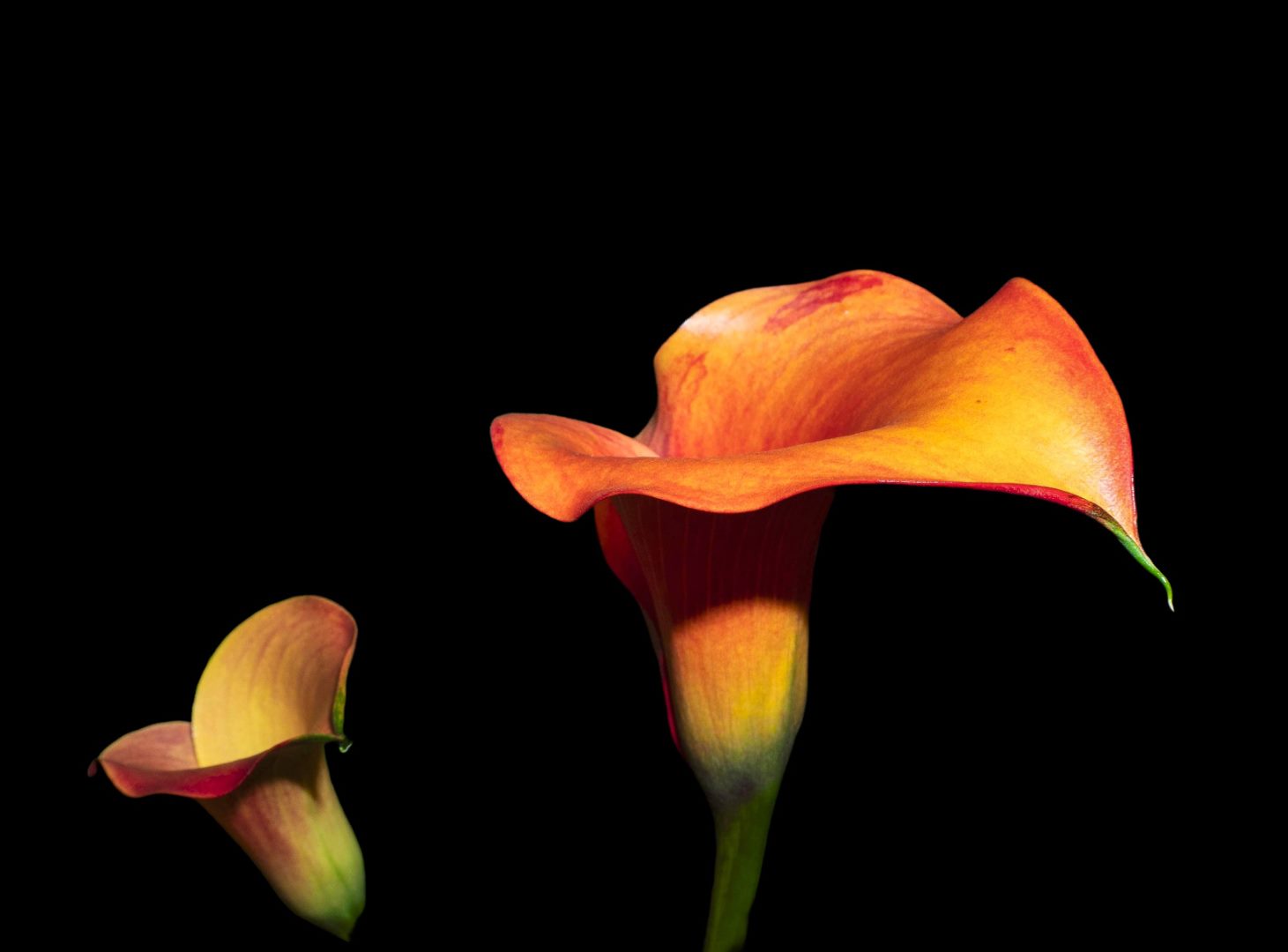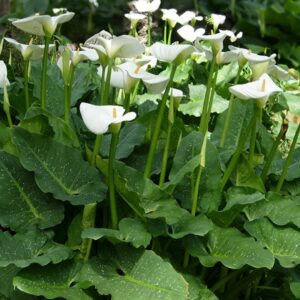Your cart is currently empty!
Optimal Temperature Conditions for Growing Calla and Arum Lilies: A Comprehensive Guide

Introduction
Calla lilies (Zantedeschia spp.) and Arum lilies are admired for their stunning blooms and elegant foliage. These plants thrive under specific temperature conditions, making it essential for gardeners to understand the optimal climate for their growth. This blog provides an in-depth look at the temperature requirements for Calla and Arum lilies, ensuring that they flourish in your garden.
Ideal Temperature Conditions
General Temperature Preferences
Calla and Arum lilies grow best in temperate climates. They prefer a balance of cool and warm temperatures that mimic their natural habitat.
- Optimal Daytime Temperature: These plants thrive when daytime temperatures range between 18°C and 24°C. This temperature range supports robust growth and flowering.
- Optimal Nighttime Temperature: At night, the ideal temperature for Calla and Arum lilies is between 13°C and 16°C. This drop in temperature helps the plants to rest and conserve energy.
Temperature Tolerance
While Calla and Arum lilies are relatively hardy, they do have limits to their temperature tolerance:
- Heat Tolerance: These plants can tolerate higher temperatures up to 29°C during the day, but prolonged exposure to intense heat can cause stress and reduce flowering.
- Cold Tolerance: Calla and Arum lilies do not tolerate frost. Exposure to freezing temperatures can damage or kill the plants. In regions with frost, it is crucial to provide protection or move the plants indoors during colder months.
Seasonal Temperature Management
Spring and Summer
During the spring and summer, temperatures are generally favorable for the growth of Calla and Arum lilies. These seasons provide the warmth and light necessary for their development.
- Spring Planting: Begin planting when the danger of frost has passed, and soil temperatures have warmed to at least 13°C. This ensures that the plants can establish roots before the heat of summer.
- Summer Care: In summer, provide partial shade to protect the lilies from the intense midday sun, especially in regions with very high temperatures. This can help prevent leaf scorch and maintain soil moisture.
Fall and Winter
In fall and winter, it is essential to protect Calla and Arum lilies from cold temperatures.
- Fall Preparation: As temperatures begin to drop, reduce watering and allow the plants to enter a dormant phase. This helps them to conserve energy for the next growing season.
- Winter Protection: In regions with frost, dig up the rhizomes and store them in a cool, dry place. Alternatively, grow the lilies in containers that can be moved indoors when temperatures drop below 10°C.
Microclimates and Indoor Growing
Creating Microclimates
Gardeners can create favorable microclimates for Calla and Arum lilies by:
- Using Mulch: Apply mulch around the plants to regulate soil temperature and retain moisture.
- Wind Protection: Use barriers or windbreaks to shield the plants from cold winds, which can lower the effective temperature around them.
Indoor Growing
For gardeners in regions with extreme temperatures, indoor growing can be an effective solution.
- Light Requirements: Provide bright, indirect light. If natural light is insufficient, use grow lights to ensure the plants receive adequate light for photosynthesis.
- Temperature Control: Maintain indoor temperatures within the optimal range using heaters or air conditioners as needed. Ensure good air circulation to prevent heat buildup or cold drafts.
Impact of Saline Irrigation on Temperature Tolerance
Using saline irrigation can affect the temperature tolerance of Calla and Arum lilies.
- Salt Stress: High salinity can increase the plants’ susceptibility to temperature extremes by causing physiological stress. Ensure proper drainage and occasional leaching to manage soil salinity levels.
- Combined Stress Factors: Manage other stress factors such as soil fertility and moisture levels to help the plants cope with the combined effects of salinity and temperature variations.
Conclusion
Understanding and managing the temperature needs of Calla and Arum lilies is crucial for their successful cultivation. By maintaining optimal daytime and nighttime temperatures, protecting the plants from extreme weather, and creating favorable microclimates, gardeners can ensure that these beautiful plants thrive. Whether growing them outdoors or indoors, attention to temperature conditions will lead to healthy, vibrant blooms that enhance any garden or indoor space.








Leave a Reply